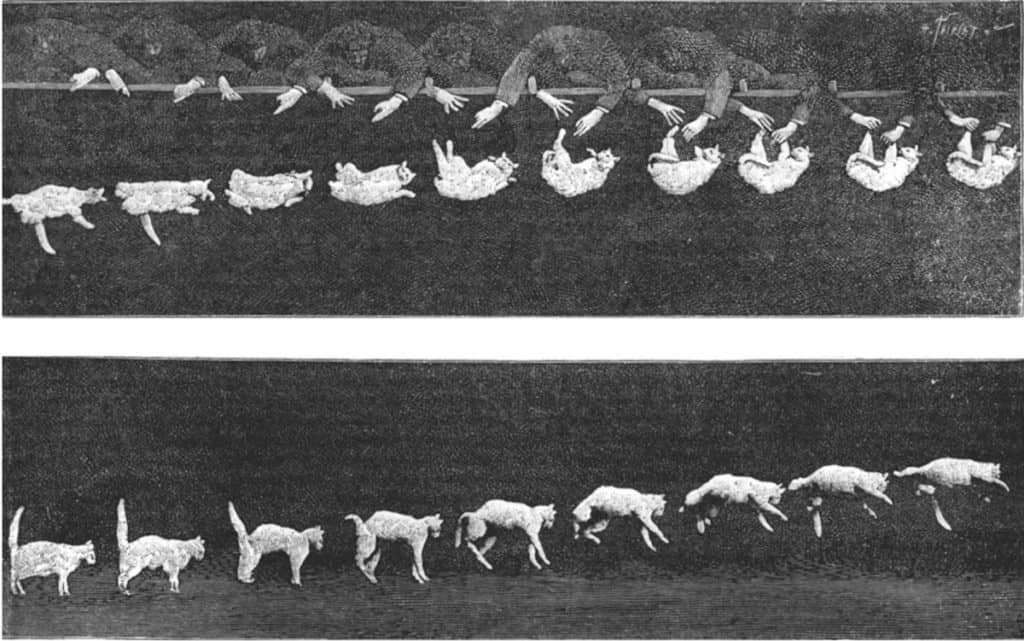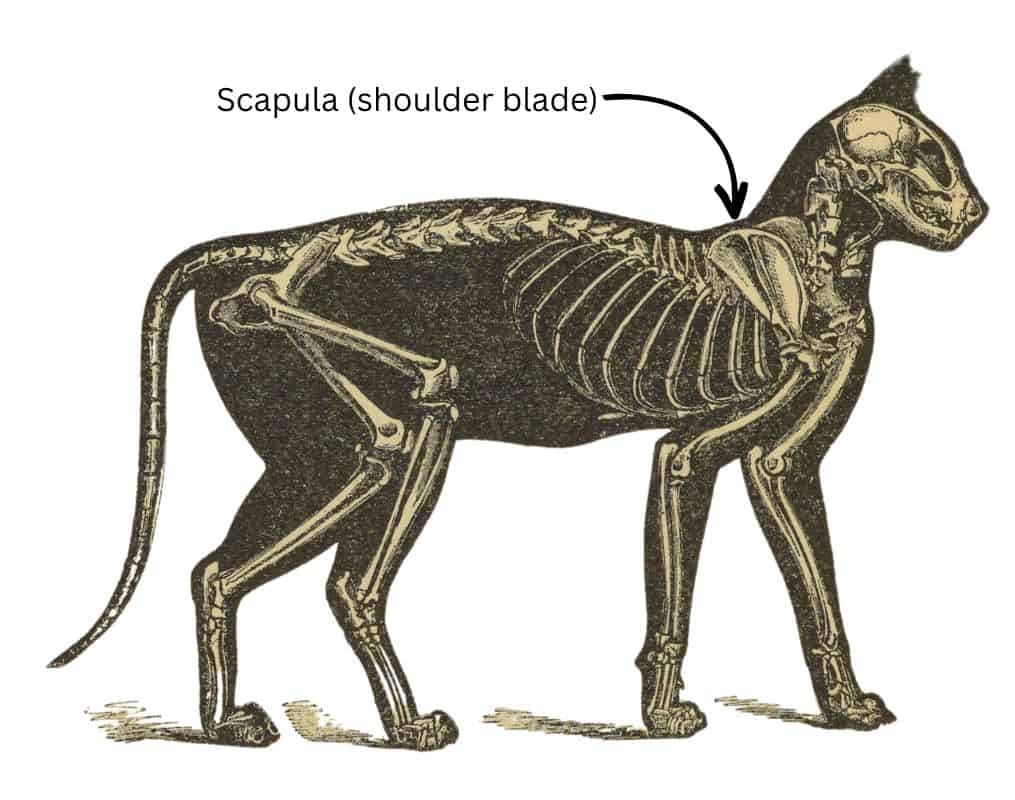Cats are incredibly flexible due to their anatomy and physiology. The combination of a flexible spine, free-floating collarbone, and shoulder blades connected only to muscle, help to make cats incredibly agile and nimble.
Cats have a unique skeletal structure, which includes a flexible spine and loose joints, that allow them to contort and stretch their bodies in remarkable ways.
Here are some of the ways the unique anatomy of the cat makes them so incredibly flexible.
Flexible spines
Cats have incredibly flexible spines, which allow them to twist and turn their bodies in ways that would break a human’s back. This flexibility is thanks to the presence of more vertebrae in a cat’s spine compared to a human’s, as well as the loose connections between the vertebrae.

Floating collarbone
The cat’s collarbone, also known as the clavicle, is not attached to any other bones in the body and is free-floating. This gives cats more freedom of movement in their front legs, allowing them to extend and flex them in a variety of directions.
Additionally, the free-floating collarbone allows for a greater range of motion, allowing cats to easily twist and turn their bodies, giving them the ability to land on their feet from any angle.
Shoulder blade
Cats have a flexible shoulder blade, also known as the scapula, that allows them to extend their front legs in a full 180-degree range of motion.

Cats can also squeeze through tight spaces because the shoulder blade is attached to the rest of the skeleton by only a few muscles and tendons, rather than being firmly connected to the rest of the skeletal structure of the cat. Related: Are Cats Liquid?
This anatomical feature allows the shoulder blade to move independently and gives cats greater flexibility and range of motion in their front legs.
Additionally, their muscles are highly adaptive and can change quickly to accommodate their movements, making it possible for cats to twist, turn, and stretch to great lengths.
References
Huidekoper, R.S. (1895). “Exterior of a cat; relative proportion of skeleton to the exterior of the cat.” Special Collections, USDA National Agricultural Library. https://www.nal.usda.gov/exhibits/speccoll/items/show/8432.






